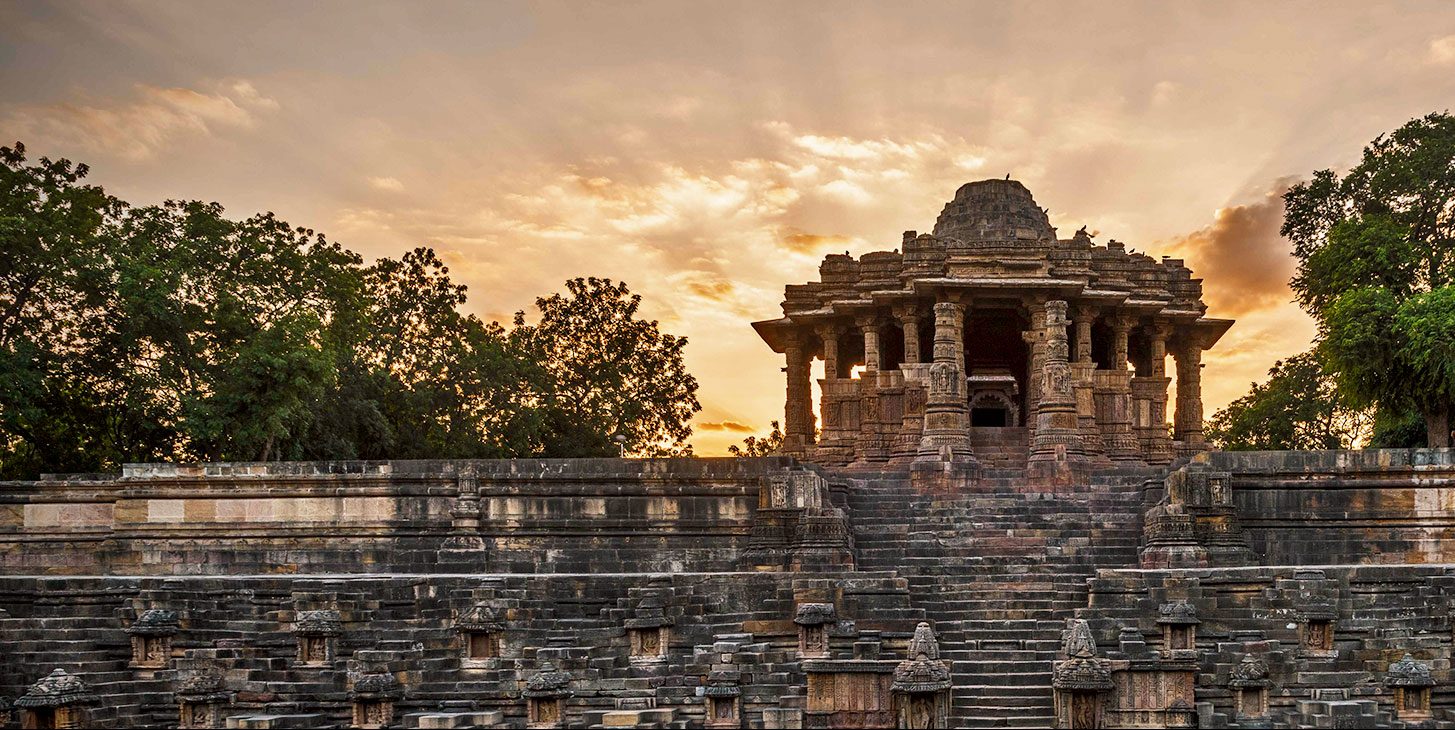✒️ From the Editor’s Desk | A Critical Look at the Constitution Debate: Unraveling Truth from Rhetoric
In recent weeks, India’s political landscape has once again found itself engulfed in a heated debate—this time, over the soul of the Indian Constitution. What triggered this firestorm? A speech by RSS leader Dattatreya Hosabale marking the 50th anniversary of the Emergency, wherein he questioned the inclusion of the words “Secular” and “Socialist” in the Preamble of the Constitution.
Predictably, the political response was explosive. Leaders of opposition parties, including Rahul Gandhi, Lalu Prasad Yadav, and Akhilesh Yadav, accused the BJP and the RSS of attempting to dismantle Dr. B.R. Ambedkar’s Constitution. Phrases like “attack on democracy” and “conspiracy to rewrite history” filled the airwaves.
But here lies the central question: Who actually altered the Constitution? To understand that, we must dig beneath political theatrics and return to historical facts.
🔍 The 42nd Amendment: India’s Most Controversial Constitutional Change
It was not today’s ruling party, but Indira Gandhi’s Congress Government that fundamentally altered the Preamble of the Indian Constitution.
During the Emergency—arguably India’s darkest hour for democracy—the 42nd Amendment Act, 1976, was passed. This amendment inserted the words “Secular” and “Socialist” into the Preamble, modifying the phrase from:
“Sovereign Democratic Republic”
to
“Sovereign Socialist Secular Democratic Republic.”
This monumental change to what is often referred to as the soul of the Constitution was executed not under a normal, democratically functioning Parliament, but during an extended term of the Lok Sabha under Emergency rule, when civil liberties were suspended, the press was gagged, and opposition voices were jailed.
📜 Reference:
⚖️ Ambedkar’s Original Vision: No “Secular” or “Socialist” in the Preamble
One of the most overlooked facts in this controversy is that Dr. B.R. Ambedkar explicitly rejected proposals to insert the words “Secular” and “Socialist” into the Preamble during the drafting process.
In a landmark discussion on 15 November 1948, members of the Constituent Assembly like Prof. K.T. Shah and H.V. Kamath proposed these terms be formally included. However, Ambedkar opposed this, stating:
“The Constitution is merely a mechanism for the regulation of the work of the various organs of the state… If these words are inserted, they will be interpreted in a narrow ideological sense, which we must avoid.”
📜 Reference:
Thus, the final Constitution adopted on 26 November 1949 did not include “Secular” or “Socialist” in the Preamble. The choice was deliberate, based on a broad vision of liberty, equality, and justice—not ideology.
🚨 Emergency: A Time of Coerced Amendments
The Emergency declared by Indira Gandhi in June 1975, following a court verdict invalidating her election, led to unprecedented centralization of power. Fundamental Rights were curtailed, opposition leaders were jailed, and the Constitution was modified to protect the ruling party, not democracy.
The 42nd Amendment, passed in December 1976, was one of the many sweeping changes during this period. Not only did it alter the Preamble, but it also limited judicial review, centralized administrative power, and attempted to make the Prime Minister’s actions unquestionable in law.
📜 Reference:
- Granville Austin, “Working a Democratic Constitution” | Oxford University Press
🔄 Political Hypocrisy or Historical Amnesia?
Today, when leaders like Rahul Gandhi label every conservative opinion on the Constitution as an “attack on Ambedkar,” it is vital to ask:
Was it not Indira Gandhi’s regime that modified Ambedkar’s Constitution?
And if that’s the case, then why is a historical discussion on those amendments—especially the legitimacy of inserting “Secular” and “Socialist” during Emergency—treated as heresy today?
Dattatreya Hosabale did not call for tearing apart the Constitution; he called for revisiting and reflecting on Emergency-era amendments, and whether they align with the democratic intent of the Constitution’s framers.
🧠 The Real Question: Do We Fear Debate or Truth?
In a vibrant democracy, we must welcome dialogue—not suppress it. If the insertion of “Secular” and “Socialist” was indeed rooted in democratic necessity, why fear a re-examination?
The truth is, the original Constitution was secular in spirit without stating it in the Preamble. India’s secularism flows from Article 25 (Freedom of Religion) and Article 14 (Right to Equality). Similarly, social justice is enshrined in the Directive Principles. The values exist; the labels were politically inserted under duress.
Let’s not allow historical facts to be buried under today’s political convenience. If we are to truly honor the Constitution and Dr. Ambedkar, we must be honest about its history—even the uncomfortable parts.
✅ Summary of Verified Facts:
| Claim | Fact | Source |
| “Secular” and “Socialist” were added later | ✅ Added in 1976 via 42nd Amendment | Legislative.gov.in |
| Added during Emergency, not normal governance | ✅ Parliament was extended, opposition suppressed | [Working a Democratic Constitution, Austin] |
| Ambedkar rejected these terms in Preamble | ✅ See CAD, 15 Nov 1948 | CADIndia.clpr.org |
🧭 Final Thought
The Constitution is not a static artifact. It evolves. But its evolution must reflect democratic consensus, not coercion. Before we accuse others of subverting the Constitution, let us look inward at when, how, and why some of its most significant changes were made. Only then can we safeguard it for future generations.





Leave a Reply